Ever watched fireworks bursting in brilliant colors across the night sky and wondered what causes fireworks?
At Red Apple Fireworks, we understand the fascination. Whether you're a DIY fireworks enthusiast, a seasonal buyer preparing for the 4th of July, an event planner creating magical wedding moments, or a family planning safe celebrations, knowing the science behind fireworks enhances your experience.
So let's dive in and reveal the captivating chemistry, technology, and creativity behind your favorite dazzling displays.
What this article covers:
- How Fireworks Work: Key Components and Chemistry
- The Impact of Environmental Factors on Fireworks
- The Shelf Life of Fireworks
- Safety and Disposal of Old Fireworks
How Fireworks Work: Key Components and Chemistry
Fireworks may look like magic, but they’re powered by precise science and smart design. Every firework contains essential components that work together to create the bursts of color and sound we all love.
These include a fuse (the ignition point), a lifting charge (to launch the firework), a bursting charge (to trigger the explosion), and stars—small chemical pellets that create the colors and effects.
Binders and casings hold everything in place and ensure consistent combustion.
At the heart of it all is chemistry. When the firework ignites, a carefully timed chemical reaction occurs.
The fuel (usually black powder) reacts with oxidizers like potassium nitrate, generating intense heat, gas, and pressure.
This rapid expansion creates the explosive force that propels the shell into the sky and then bursts it apart, scattering stars and releasing sound and light.
The type of chemicals used determines the colour, while the arrangement of stars affects the shape and spread.
At Red Apple Fireworks, we carefully design every product to deliver the perfect balance of chemistry, artistry, and excitement—ensuring your celebrations are always unforgettable.

How Fireworks Create Sound and Visual Effects
The sounds and patterns you enjoy during a fireworks display are the result of precise chemical reactions and expert engineering.
Loud booms happen when gases from exploding compounds expand rapidly, breaking the sound barrier.
Crackles come from metal flakes igniting unevenly, while that signature whistle sound is created when gases rush through narrow tubes—often from compounds like potassium benzoate or sodium salicylate—that vibrate the air as they burn.
The visual choreography of fireworks is no accident either. Designers place “stars” (pellets of chemical compounds) in carefully arranged patterns inside the shell.
When the firework bursts, those stars fly outward in specific directions, creating rings, willows, palms, smiley faces, or even spirals.
The combination of chemistry and physics turns every firework into a multisensory experience, from the first whistle to the final boom.
The Impact of Environmental Factors on Fireworks
Environmental conditions significantly influence fireworks displays. Understanding these factors helps ensure your display is spectacular and safe every time.
How Weather Conditions Affect Firework Displays
Ever asked yourself, "can you do fireworks in the rain?" Moisture, wind, and temperature play significant roles in fireworks performance.
Wind can shift patterns, moisture can affect ignition and colors, and temperature affects how fireworks burn.
Dry, calm, and clear nights are optimal, but with careful preparations, even light rain doesn't have to spoil your show. Always consider the weather when planning your display.
Environmental and Safety Considerations in Firework Displays
Safety is paramount. Environmental considerations, like wind direction and nearby vegetation, can influence where and how you should set off fireworks.
At Red Apple Fireworks, safety guidelines help families and event planners enjoy spectacular displays safely.
Remember, always follow local regulations and safety measures to ensure every celebration is memorable for all the right reasons.

The Shelf Life of Fireworks
Knowing how long fireworks last on the shelf helps you avoid disappointments.
Properly stored fireworks can typically last between 2-5 years, but environmental factors and storage conditions significantly affect this timeline.
Keep your fireworks dry, cool, and stored away from humidity to maintain performance.
Safety and Disposal of Old Fireworks
If fireworks get too old or have been improperly stored, it's best not to use them. Old fireworks can ignite unpredictably or fail to ignite at all, posing serious safety risks.
Properly dispose of old fireworks by soaking them in water overnight, sealing them in plastic, and placing them safely in the trash. At Red Apple Fireworks, your family's safety is our priority.
Conclusion
Now you know exactly what causes fireworks? It's a blend of chemistry, physics, and careful craftsmanship.
Fireworks involve precise science, expert engineering, and thoughtful design to deliver reliable and unforgettable celebrations.
At Red Apple Fireworks, we take pride in offering high-quality fireworks for DIY enthusiasts, families, event planners, and seasonal buyers.
If you're looking for spectacular fireworks to go with your next special occasion or holiday, look no further than our finale fireworks and firecrackers collection.
These are designed to give your event a lasting impact and provide an unforgettable visual experience for everyone involved.
Want to make your fireworks displays even better? Join the Club Red Apple® and save up to 25%! By becoming a member, you unlock explosive benefits that take your fireworks experience to the next level.
It’s a membership program made for true fireworks enthusiasts who want access to premium discounts and insider perks. So, why wait? Level up your fireworks game with Red Apple Fireworks today!
If you want to learn more, check out these articles below:
- What Exactly Is a Firework
- How Long Do Fireworks Last
- What Are the Component Parts of Modern Fireworks
- When Were Fireworks Invented?
- First American Fireworks
- Facts About Fireworks
- Why Do Celebrate with Fireworks?
- How Do Fireworks Get Their Color?
- What Element Makes Purple Fireworks?
- What Element Will Give Fireworks Their Yellow Color?
- What Makes Fireworks Blue?
- How Does a Firework Work?
- What Chemicals Are Used in Fireworks?
- What Minerals Are Used to Make Gold Sparks Fireworks?
- What Three Processes Cause Fireworks to Emit Light?
- How Are Fireworks Made?
- Where Are Fireworks Made?
- Is There Gunpowder in Fireworks?





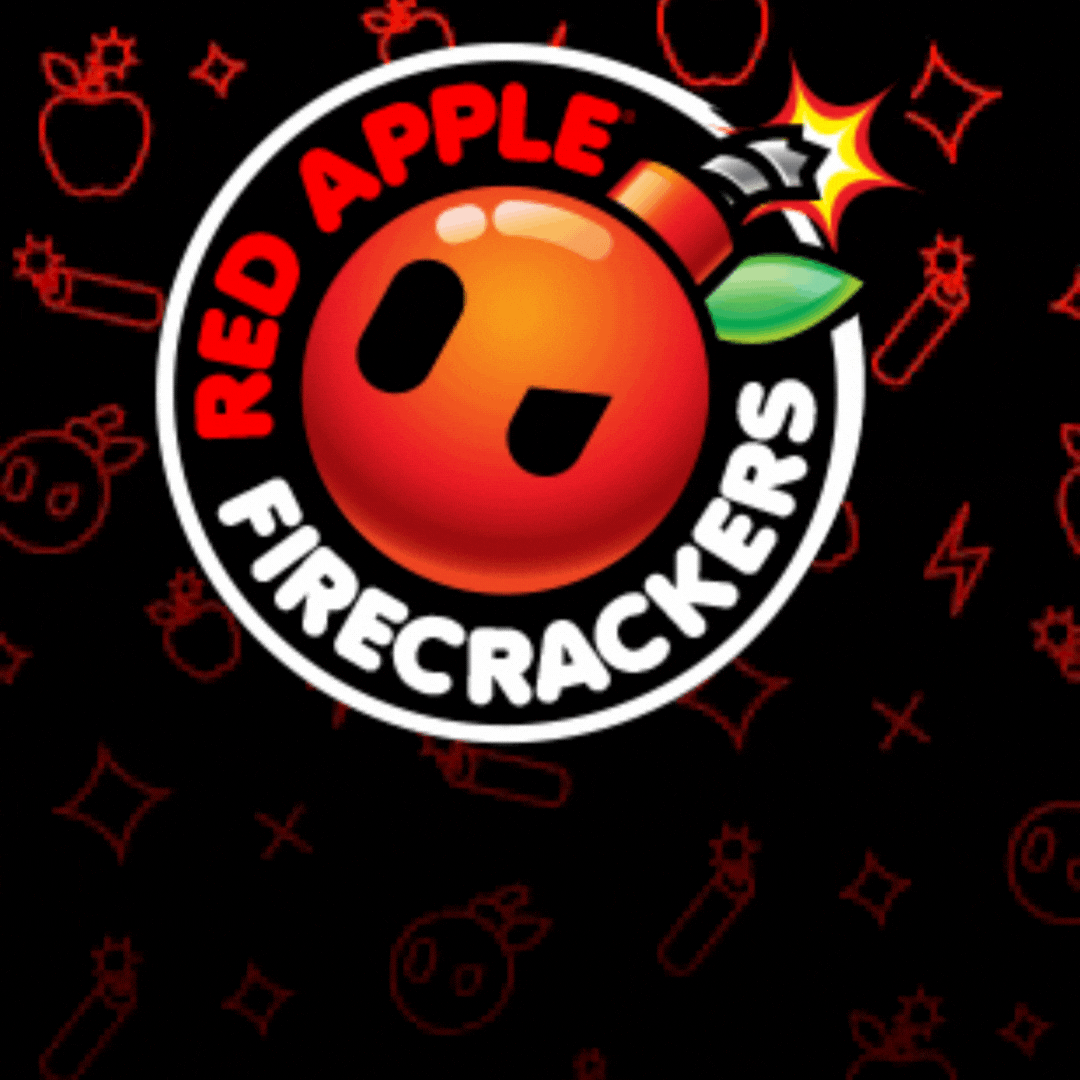

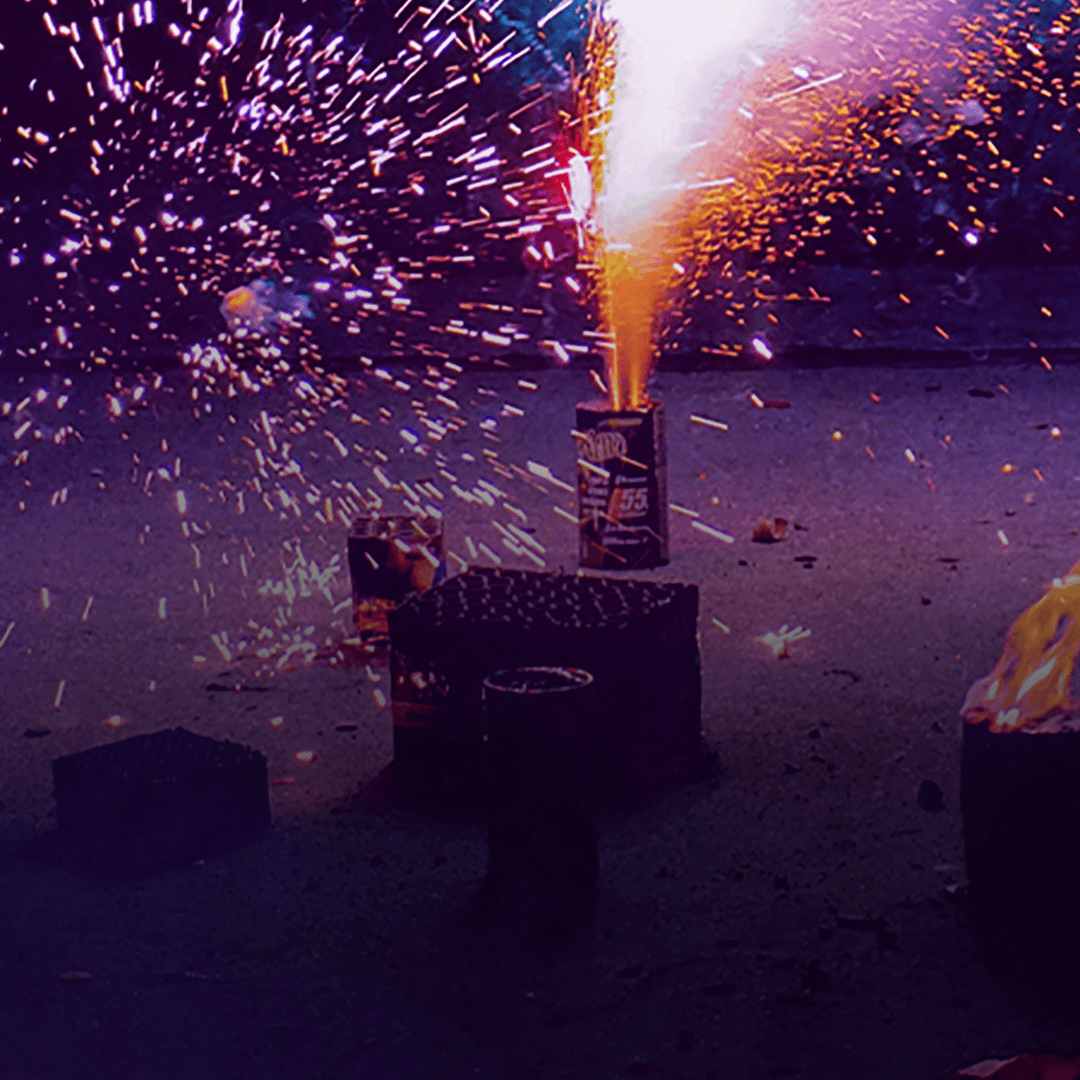
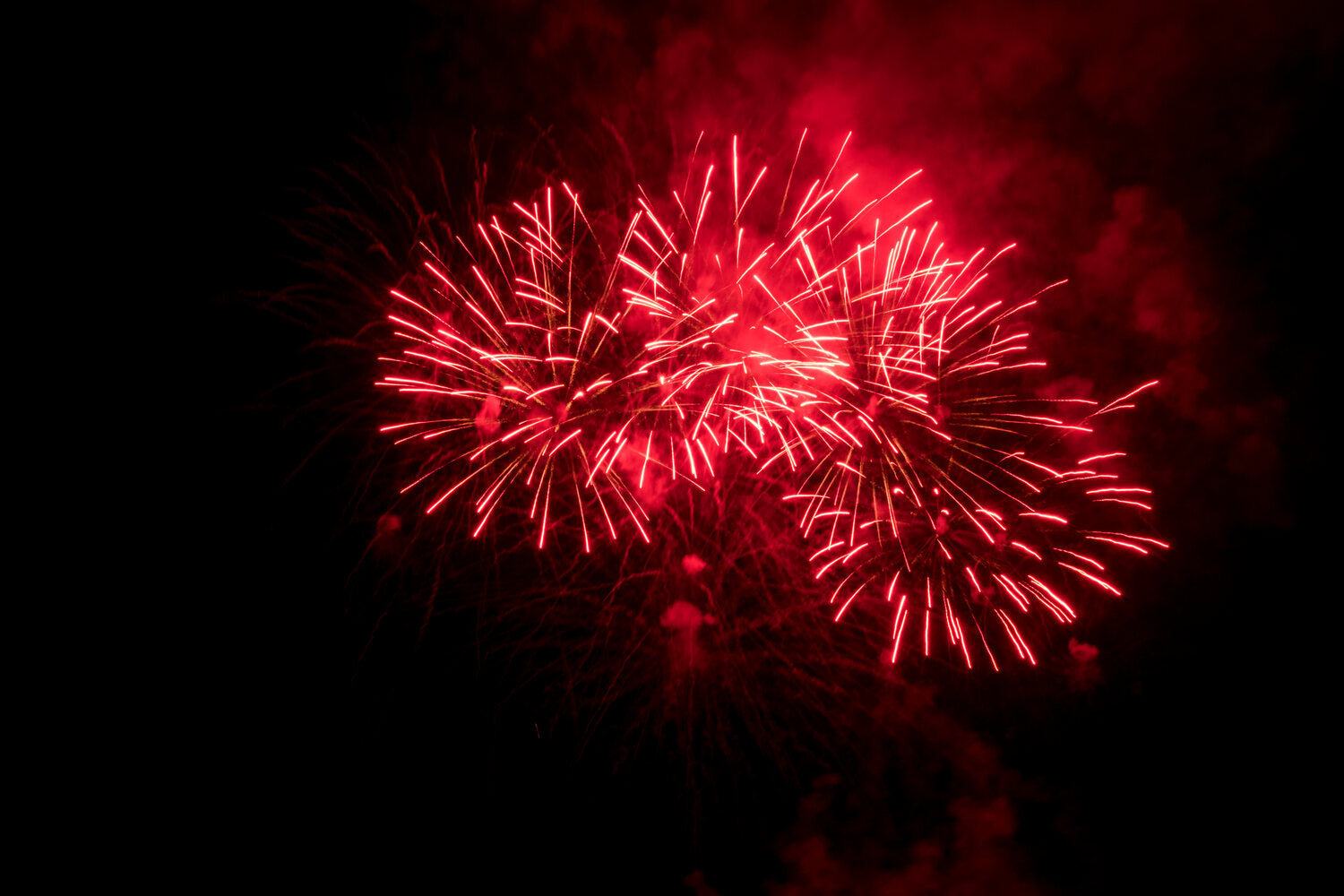
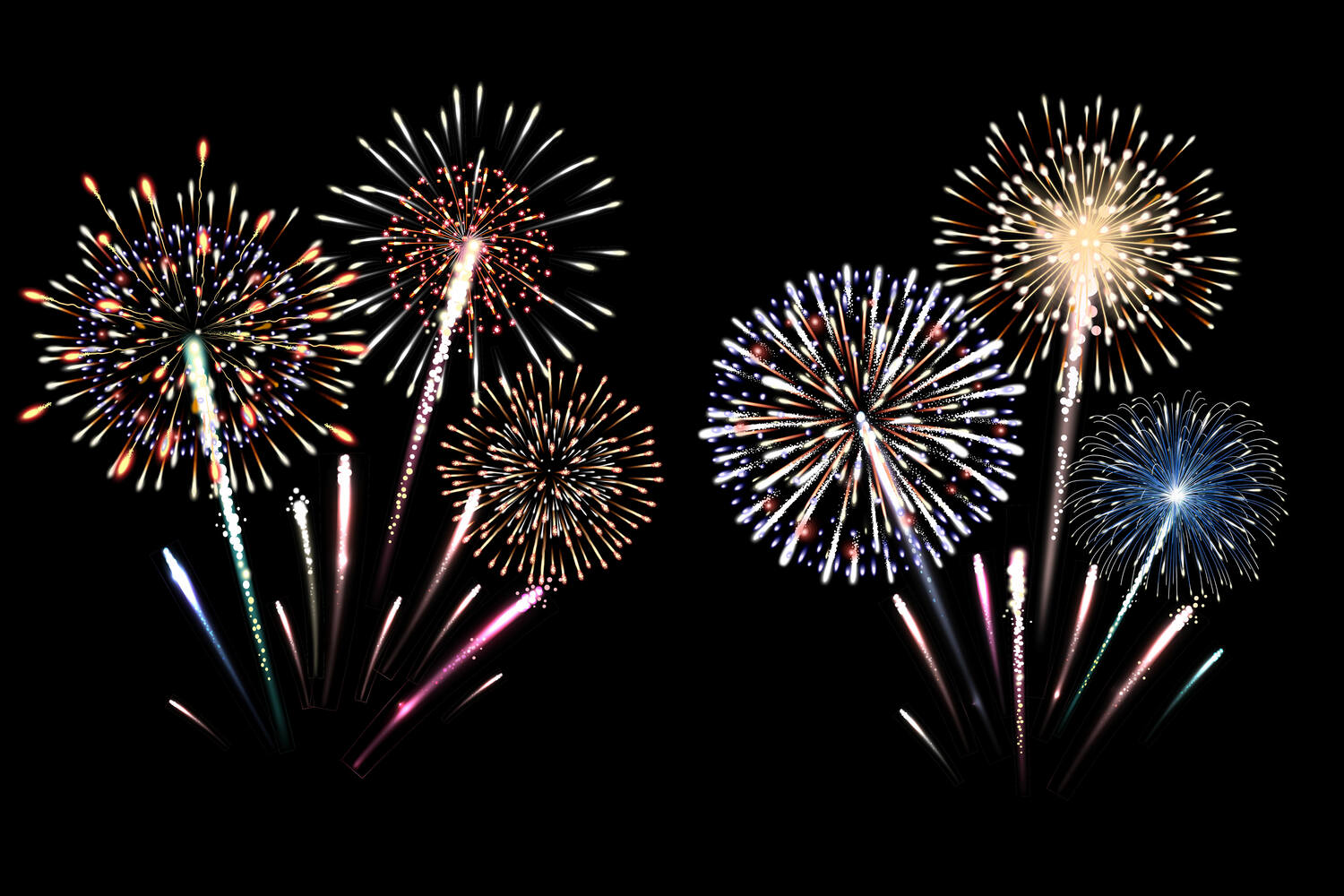
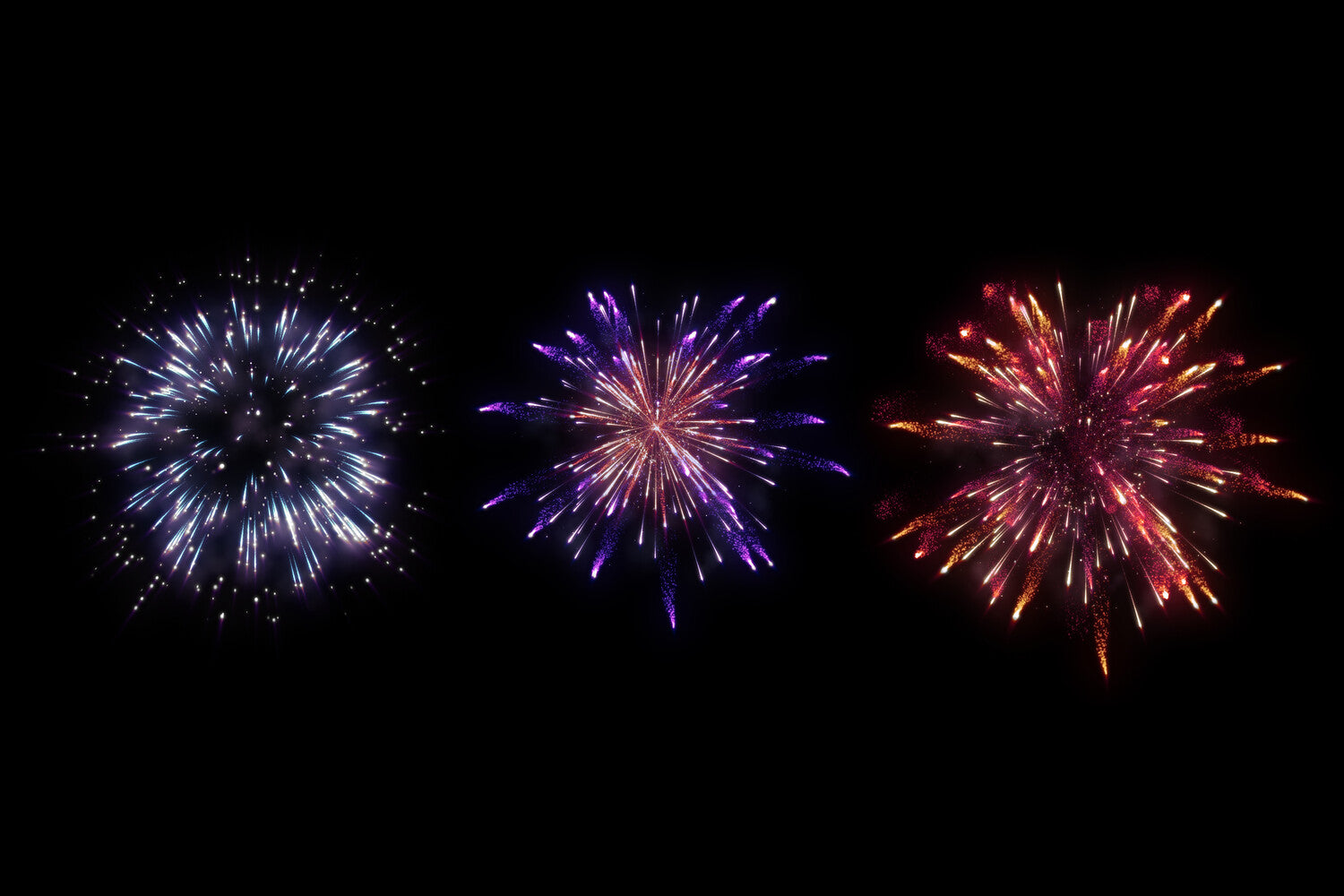
Leave a comment
All comments are moderated before being published.
This site is protected by hCaptcha and the hCaptcha Privacy Policy and Terms of Service apply.